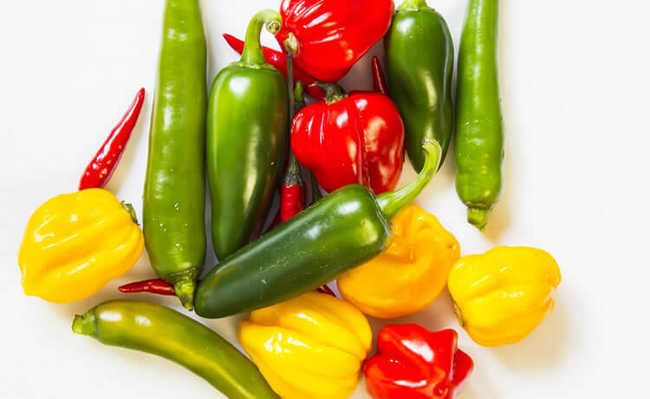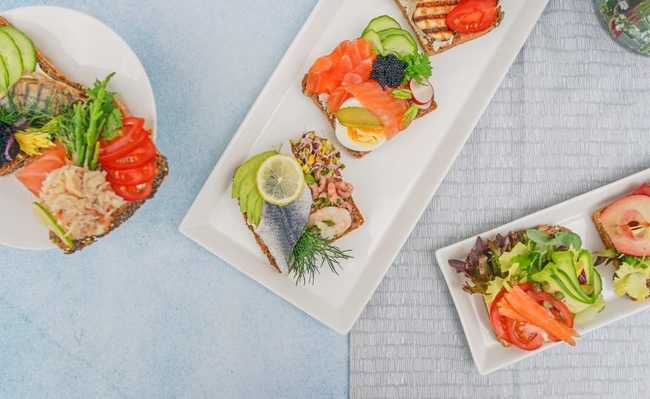What is comfort food?
Comfort food is a concept that applies to foods consumed with the aim of improving physical or emotional well-being

Resized and edited image of Clay Banks is available on Unsplash
comfort food , or, in Portuguese, affective food, is a term that applies to all food that is consumed with the purpose of providing emotional relief or a feeling of pleasure in fragile situations.
Typically, foods categorized as comfort food they are associated with significant periods in a person's life or with groups considered important to them, and are divided into four classifications: nostalgic foods, indulgence foods, convenience foods and physical comfort foods.
understanding the concept

Resized and edited image of Jade Aucamp is available on Unsplash
Eating habits constitute the set of choices related to eating that are essentially linked to cultural aspects, religious issues, ethnicity, social class and gender.
In this sense, the choice for certain foods transcends the physiological need for the act of eating - therefore, according to some authors, there is a fusion of the biological and the cultural.
An individual can only consume a guinea pig, for example, if the entire group to which he belongs accepts this type of practice. In this way, "personal taste" is subject to "collective taste". As stated by some scholars of comfort food , what appears to be an individual choice, in fact, is deeply rooted in the social context.
Childhood experiences are decisive in the formation of preferences and eating habits that are maintained throughout life. Although these habits can change completely during adult life, the memory, the weight of the first food learning and social rituals most likely remain in the subject's unconscious and conscious for the rest of life - playing an important role in the structuring of social bonds .
Source
Although people have been looking for emotional comfort in food for a long time, the concept of " comfort food " only started to appear significantly in magazines, newspapers and television around the 2000s - being commonly addressed by the food industry under the terms of "homemade", "grandma's food", "made with love", etc.
nostalgic food
This category of food from comfort food represents that group of foods that are consumed by people who are temporarily away from their families or homeland. It's like the example of the Brazilian immigrant who lives in the US and wants to consume rice and beans to consciously, or unconsciously, feel a little as if he were reconnecting with his culture of origin. This act helps the subject to repair their disconnection, which contributes to maintaining sanity in an unfamiliar context. This scenario brings the memory of being taken care of by someone you love, or of being with loved ones, both in terms of enjoying the delicacy and its preparation.
Still regarding this category, it is worth mentioning that the last cultural characteristic to be lost is the taste, which reaffirms the cultural experience as a definer of personal identity.
Indulgence Foods
This category of comfort food it is associated with carefree eating in relation to nutritional values or other health aspects of food and beverages. In this case, the pleasure is privileged, and, later, comes the guilt - especially if the intake is in large quantities. However, despite the guilt, the pleasure obtained from eating food is interpreted as a form of reward in the face of a sad, distressing or simply unpleasant situation. Examples in this regard are food junk food.
convenience foods
Convenience foods are those whose main choice criterion is the possibility of immediate access and consumption. In this category, the association between emotional comfort and practicality is essential, and it is possible to see a series of substitutions (such as the replacement of homemade cookies by industrialized ones) encouraged by the food industry. Some scholars of comfort food they state that this is for two reasons: either because the subject in question was raised in a food industrialization context and had access to this type of food, or because the socioeconomic context led the person to substitute a homemade product for an industrialized one.
- What are fresh, processed and ultra-processed foods
Physical comfort foods
Physical comfort foods are those whose composition, temperature and texture provide, in addition to emotional well-being, an improvement in physical condition. Examples of this type of food can be fatty foods, rich in sugar and even tea, coffee and alcoholic beverages, which have proven chemical action on the brain.- Eight Incredible Coffee Benefits
- Green tea: benefits and what it is for
- Cinnamon: benefits and how to make cinnamon tea
Other features
the foods of comfort food they are usually prepared and enjoyed individually, precisely because the person is going through an experience of isolation and loneliness and needs to reconnect, even on a symbolic level, to significant moments and people of a period that, for her, was happier.
When people are feeling socially isolated, consuming foods associated with relationships they deem important helps to combat the feeling of loneliness. This is reinforced in a society in which people are increasingly defined by what they consume; so that eating certain foods works as an identity reinforcement mechanism, which is activated to strengthen the bond to a certain group.
- What is narcissism?
Despite the definition of what it is comfort food depending on individual qualities, the concept can be observed in practices of social groups, in which the members are part of similar socioeconomic and cultural contexts.
This has not gone unnoticed by the food industry, which incorporates expressions such as “grandma's”, “homemade” and “traditional” in several of its products and in its speeches. marketing. In this sense, the concept of comfort food it contributes to the reflection on the complex relationship between humanity and food, especially nowadays.
Adapted from: Comfort food: on concepts and main characteristics and Comfort food: an exploratory journey into the social and emotional significance of food










